main navigation start
Toggle navigation
- Resources
- Search
main content start
Search Filters
Sharex Sites List
Language
Topics
Topics
- Accountability (3)
- Adolescents (36)
- Birth Registration (1)
- Breastfeeding (20)
- Cash Transfer (2)
- Child and youth participation (13)
- Child Health (234)
- Child labour (4)
- Child marriage (18)
- Child Poverty (10)
- Child Protection (49)
- Children in alternative care (5)
- Child Rights (17)
- Climate, Energy and Environment (46)
- Community engagement (89)
- Convention on Child Rights (2)
- COVID-19 (122)
- Data/Evidence (114)
- Disability (95)
- Disaster Risk Reduction (14)
- Discrimination (2)
- Early Childhood Development (55)
- Education (28)
- Emergency Response (2)
- Female genital mutilation (25)
- Gender (49)
- Gender Based Violence (17)
- HIV/AIDS (41)
- Humanitarian Response (10)
- Immunization (131)
- Infant and Young Child Nutrition (18)
- Innovation (35)
- Justice for children (4)
- Knowledge Exchange and Sharing (34)
- Knowledge Management (41)
- Legal identity (3)
- Maternal Health (55)
- Mental Health (26)
- Migrant and displaced children (12)
- Migration (10)
- Newborn Health (60)
- (-) Nutrition (156)
- Online protection (1)
- Partnerships (8)
- Peacebuilding (2)
- Polio (6)
- Poverty (1)
- Psycosocial support (7)
- Sexual exploitation and abuse (11)
- Sexual Violence (9)
- Social Behaviour Change (58)
- Social Policy (20)
- Social Protection (15)
- Social service workforce (81)
- Sustainable Development Goals (8)
- Technology for Development (13)
- UNICEF Programming (37)
- UN Water Conference (6)
- Urban (8)
- Violence against children and women (15)
- Violence in schools (2)
- Water. Sanitation and Hygiene (194)
Resource Type
Document Type
- Academic journal articles (including pre-print submissions) (17)
- Agreements (0)
- Case studies, lessons learned, field notes (4)
- Corporate reporting (0)
- Data set (0)
- Evaluations (1)
- Forms and templates (0)
- Guidelines/SOPs/checklists (13)
- Human Interest Stories (5)
- Major publication (flagship, advocacy etc.) (4)
- Meeting documents and reports (0)
- Mobile Application (1)
- Monitoring reports (2)
- Newsletters (24)
- None (6)
- Online learning/e-learning course (1)
- Other technical publications and reports (3)
- Policy brief/briefing notes/fact sheets/FAQs (4)
- Posters, brochures, pamphlets, flyers (1)
- Presentation (1)
- Research report (18)
- Situation analyses (0)
- Situation reports (1)
- Speeches and Statements (0)
- Staff working paper/discussion paper (6)
- Strategies and Frameworks (3)
- Systematic reviews, knowledge mappings, evidence synthesis (1)
- Technical note (12)
- Toolkit/Toolbox (9)
- Training materials (18)
- Video (1)
Country
Published Date Range

Toolkit/Toolbox
This questionnaire is an age-specific tool designed to identify potential feeding concerns and facilitate discussion with all members of the child’s health care team. It includes an online questionnar...

Training materials
A baby born with a cleft, especially a cleft palate, may have difficulty feeding and is at an increased risk of being malnourished. In partnership with SPOON, Smile Train has developed a 2-day course ...
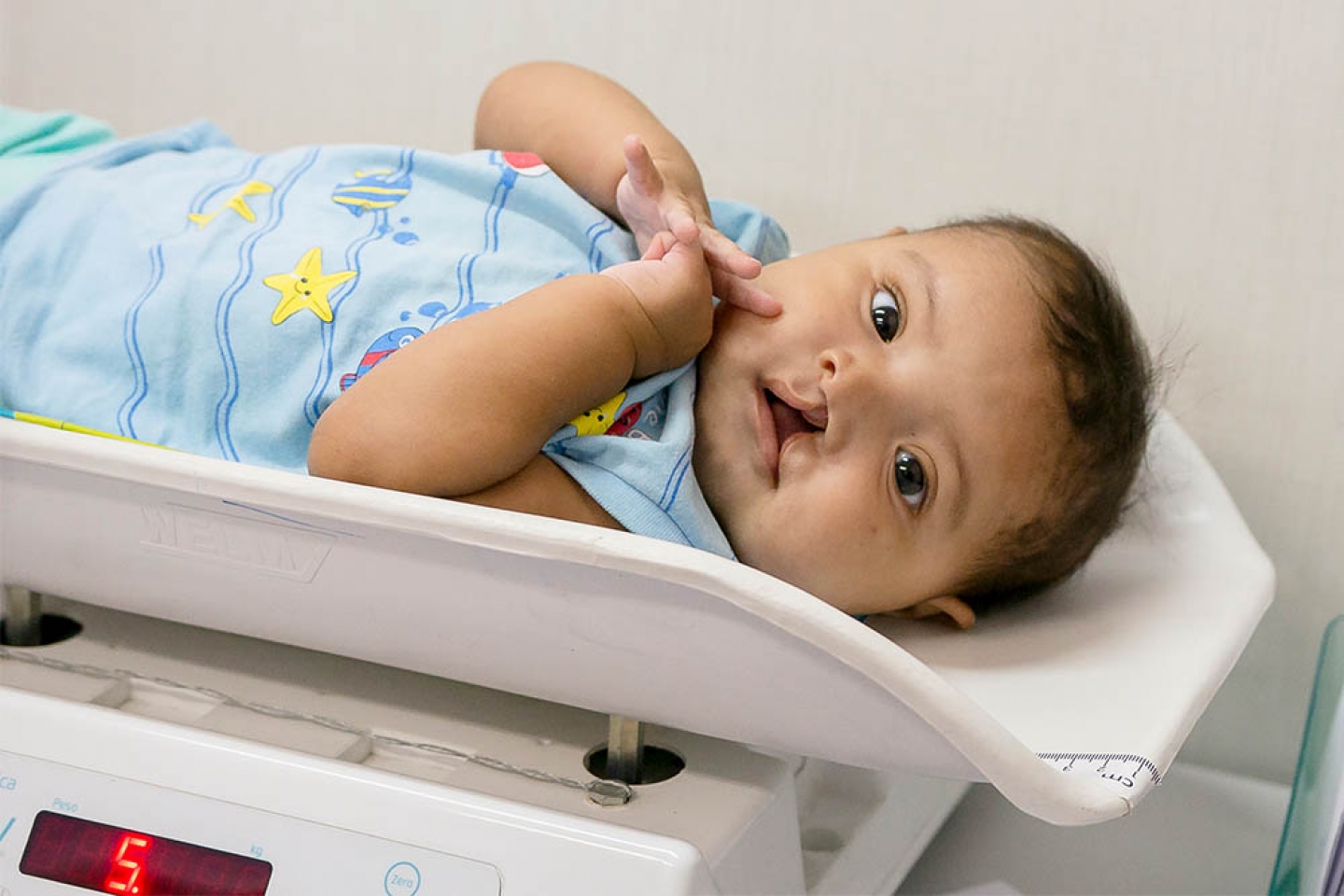
Training materials
These resources, which include a video and handouts, educate families on feeding children with cleft lips and/or palates to keep them healthy and strong. They provide tips and information on both brea...

None
Choking can happen to anyone at any age, but children with special needs are particularly vulnerable. This video educates caregivers of such children on choking prevention.
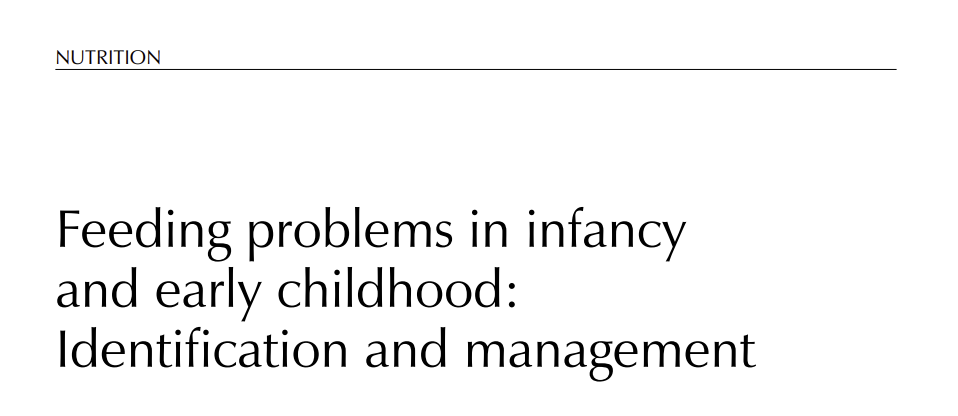
Academic journal articles (including pre-print submissions)
This article presents a structured method to assess and manage feeding problems in children under three years of age. It includes a decision tree for the assessment and management of feeding difficult...
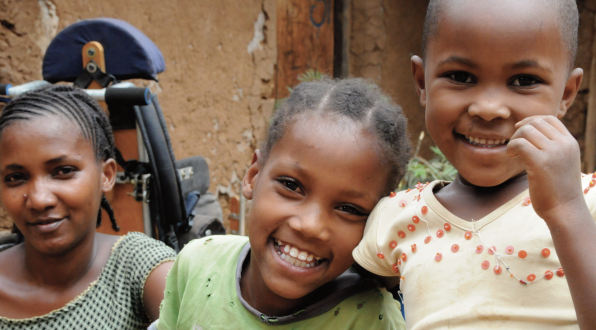
Toolkit/Toolbox
This toolkit aims to mitigate the disabling effects of cerebral palsy through improved newborn care and greater community awareness. It comprises a manual, fact sheet, and flip charts and can be acces...
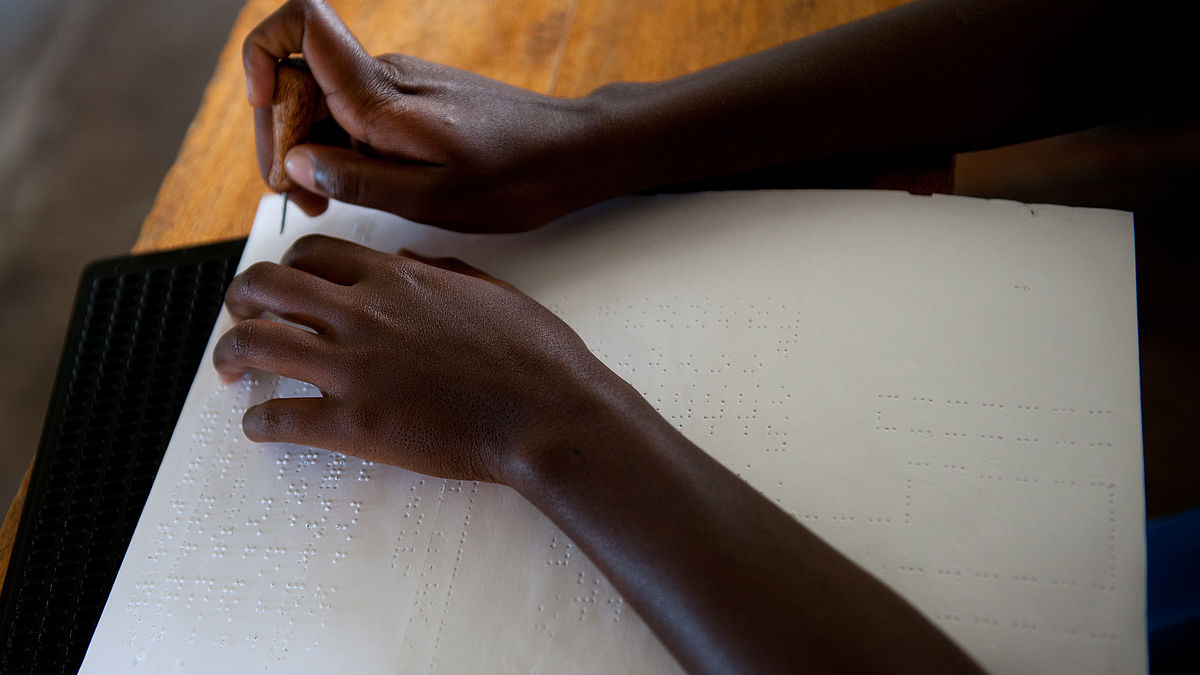
Toolkit/Toolbox
This toolkit aims to train health professionals and birth attendants in early identification of birth defects, appropriate examination of newborns, and early referral for treatment. It contains a manu...
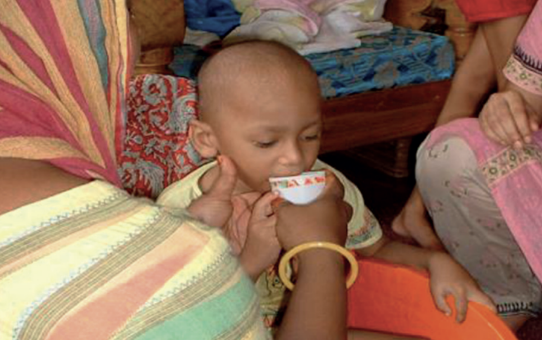
Toolkit/Toolbox
This toolkit provides guidance for generic workers in low- and middle-income countries (e.g., community health workers) on how to support children with varying levels of cerebral palsy and/or intellec...

Training materials
This flipbook is intended to support education for families on proper nutrition and health practices by providing a storyline based in six categories: general nutrition, health conditions, women and i...

